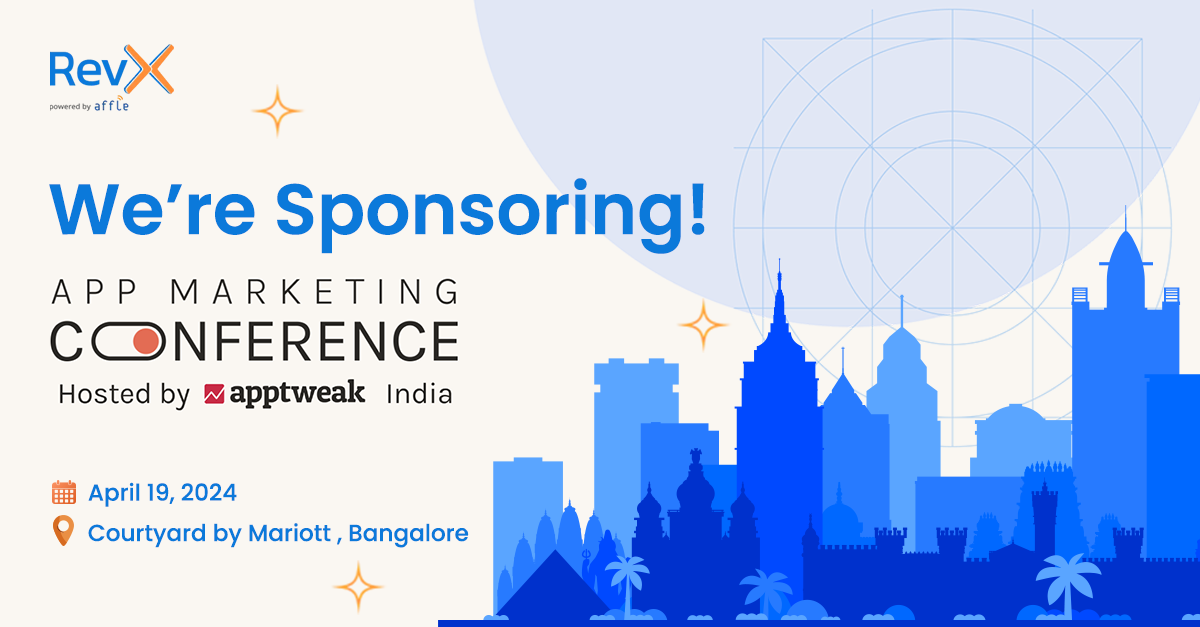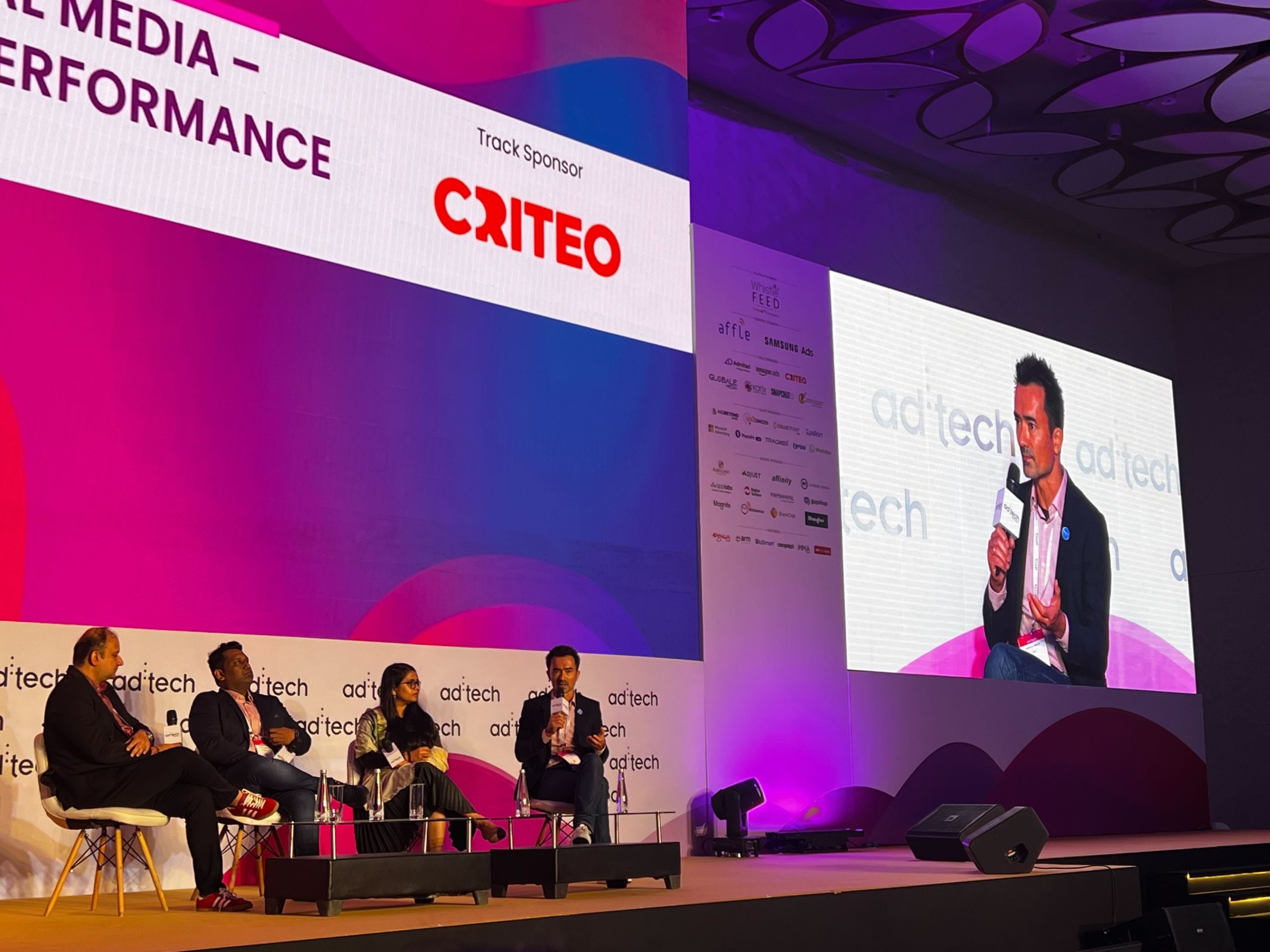Old structures don’t work on LAT. After the iOS14.5 roll-out, it is time to move forward and start implementing campaign and measurement frameworks that actually work in a non-IDFA environment.
We all know that the typical programmatic campaign structure of distinguishing between user acquisition, retargeting, and branding campaigns on a LAT scenario just doesn’t fulfill its purpose anymore. It’s time to rethink the terminology and focus on what programmatic can still do for your mobile business: contribute to your app growth.
In sum, in the post-IDFA, your strategy and the overall goals of business growth still stand. The tactics used to create them need to change.
We help app marketers simplify their programmatic strategies post-IDFA and focus on their goals by running blended campaigns. At RevX, we call them PAI, programmatic app impact campaigns.
Let us explain further.
What are Programmatic App Impact campaigns?
In an environment where we don’t have deterministic user identifiers available, adjusting programmatic campaigns to drive advertising impact, as usual, becomes the priority.
If we look at the overall scenario, your app goals remain the same. You’re aiming for business growth, reaching ideal users who will engage with your app for the long term, and increasing those same customers’ LTV. Without user identifiers, strictly dividing campaigns into user acquisition, retargeting, and branding becomes a reductive view.
App marketers should take a more holistic approach and think about running campaigns that can bring real impact. The current classification given to programmatic campaigns doesn’t offer any value in a non-IDFA scenario. What works is having your goals clearly defined and using programmatic to reach those goals.
In this sense, programmatic app impact campaigns are blended programmatic campaigns designed to bring you incremental value independently of the specific target audience – LAT as well as non-LAT. PAI campaigns are run holistically and can capture all and any positive effect of your ads throughout the campaign and beyond.
Let’s dive deeper into what constitutes a PAI campaign.
Running Programmatic App Impact campaigns
PAI campaigns have some important distinctions compared to your user acquisition, app retargeting, and performance campaigns traditionally run in a non-LAT context: they do not rely on last-click attribution and are designed to capture unbiasedly and comprehensively incrementality over time. They’re are all about providing an integrated view of a programmatic campaign contribution to your app within your existing media mix.
The entire focus of PAI (Programmatic App Impact) campaigns is on how to get results for the advertiser: how the inventory is analyzed and targeted to reach high-quality users, the contextual data that is submitted via bid requests to support data science models, which creatives are used and truly resonate with the customer, and how messaging is optimized throughout the duration of each campaign.
Running Programmatic App Impact is a particularly interesting approach for apps that have a larger user base as they are often less impacted by the unavailability of deterministic identifiers to reach relevant users, limiting inefficiencies arising due to an absence of audience segmentation.
Let’s decode these aspects.
1. When we can’t rely on last-click attribution anymore, KPIs become more precise and more comprehensive.
By discarding last-click attribution, we also eliminate its disadvantages such as disregarding previous touchpoints and the influence of media-mix factors. PAI adopts a more comprehensive approach that can be measured across.
Taking a PAI-driven method, campaign parameters are adjusted whether campaigns are run on LAT on non-LAT traffic.
Even with less deterministic data to rely on, performance marketers can use programmatic efficiently as a channel to bring users to their app. Defining what events to drive is the first step, and app marketers will need to consider that there isn’t full-funnel recognition when running campaigns on LAT audiences.
Within a PAI framework, we approach driving results in a more comprehensive way where campaigns can serve several purposes at once instead of being just focused on one stage of your app journey.
Using SKAN, which only supports UA campaigns based on last-click attribution, campaigns can still be optimized towards CPA using a bucketing conversion value strategy to track ad revenue conditions. It is also possible to optimize ROAS at a campaign level, although that gets harder to measure beyond the first 24h on SKAN.
2. Supply and contextual targeting
To run Programmatic App Impact campaigns on LAT, we are increasingly reliant on supply signals and need to make the most out of the available data. From all of the parameters that bid requests pass from publishers in a non-deterministic environment, we know that a limited number are currently homogeneous. There is room to enhance the depth of information surrounding an ad impression.
Contextual data allows for a certain level of personalization when it comes to probabilistic targeting based on information coming through bid requests. This approach to campaigns requires working with partners leveraging advanced data science resources analyzing all available data to help identify media engagement opportunities with relevant, high-value users.
RevX’s platform runs on advanced bidding and conversion algorithms to buy high-quality inventory and get bid requests at an ideal price. Supply profiles are run through its proprietary DMP to enrich decision-making with data from lookalikes. Hereby, you can derive information from users that are still available via device IDs, extrapolate your findings into LAT audiences through supply lookalikes, and subsequently test similar conditions on your future App Impact campaigns.
Using contextual targeting to serve relevant ads is a top priority to run PAI campaigns. Using probabilistic user targeting and matching doesn’t provide clues about who a user is but allows us to effectively target similar audiences.
3. Creative innovation
For app impact campaigns, a compelling and versatile creative becomes even more crucial for a campaign’s success. Creatives that can tap into a broad user group’s motivations and clearly convey a relevant message will attract the right users to your app. More efficient creatives will result in higher retention and revenue.
Creating compelling creatives for PAI campaigns goes beyond visual appeal and messaging. It involves an entire innovative process that includes choosing which formats to use, how to drive concise storytelling, and how to optimize delivery at the right time to the right audience.
4. Holistic campaign measurement
As mentioned above, advertisers can’t rely on last-touch attribution models anymore. But when it comes to attribution in this probabilistic environment, MMPs are using different signals to be able to match ads with conversions.
Since SKAN provides only aggregated data and there’s a limitation on the number of different conversion data points to be sent, RevX gets informed only of the value of each conversion. This still allows us to optimize campaigns towards your campaign goals, either CPA, CPI, etc.
As your programmatic partner, we get SKAN postbacks with a delay of up to 24h after the 24h event timer has expired – so up to 48h – and receive only one postback per each attributed conversion event, which will contain the highest conversion value event defined by the customer. So, SKAN usually allows for measuring short-term KPIs, but it doesn’t work on longer measurement windows of D7 or D30. Given the limitations that SKAN still presents, measuring campaigns to get an accurate picture of its results demands a different methodology.
The best option for analyzing your campaigns is to measure their impact uplift. RevX supports setting up this on your side by combining campaign, targeting, and backend data and gives you control over measurement.
Impact uplift measurement is possible by setting synthetic control groups to provide valuable information on your campaigns’ incremental ROI and overall mixed media model performance.
This way, you can derive information from users that are still available via IDFA and then extrapolate your findings into LAT audiences through supply signals to build lookalikes. You can then use these supply lookalikes to identify what is working well in your campaigns and then simulate similar conditions on your future App Impact campaigns.
Without user identifiers, measuring campaigns’ effectiveness requires a more sophisticated viewpoint. We consult you on the best way of achieving performance and scale and measure the uplift of your app impact campaigns. We collaborate with you to set up a system that enables this testing over and over again in a simplified manner so you can gather learnings and optimize your campaigns continuously and permanently with PAI.
The answer for programmatic growth
The entire industry is moving beyond the moves & shakes brought by iOS14.5 changes to privacy and measurement. A couple of months before, there were only questions. Now, we have clear answers for our clients.
What advertisers can do to ramp up their programmatic efforts and results:
🔹 Be SKAN ready: pass the knowledge to the entire team, have at least the basic setup, and be aware of the SKAN limitations.
🔹 Experiment with consent pop-ups to maximize opt-ins but be ready for opt-in rates to remain low.
🔹 Prepare a strategy that includes both LAT and non-LAT traffic and run PAI campaigns.
🔹 Be aware that fraud still exists in this environment and continue to work with partners to avoid it.
At RevX, we aim to simplify programmatic advertising for apps so your business can keep on a desirable growth trajectory. Consider Programmatic App Impact campaigns your new tool to achieve the consistent uplift you aim for. We’re happy to consult you on this and run a new campaign strategy for your mobile business.
Reach out to us here, and we’ll connect you to one of our PAI experts.



